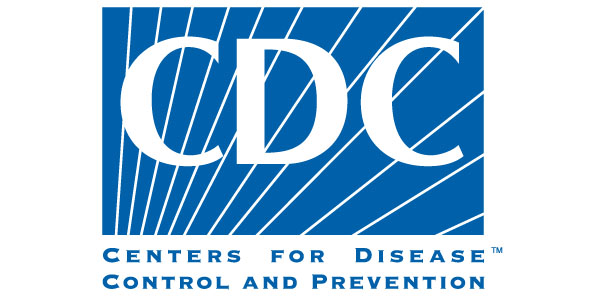The CDC and the Iowa Department of Health are investigating a suspected case of Lassa fever, which was diagnosed today in an Iowa resident who returned to the United States from West Africa early this month. The patient was not sick while traveling so the risk to fellow airline passengers is extremely low. The patient was hospitalized in isolation at the University of Iowa Health Care Medical Center when they died earlier this afternoon. Testing by the Nebraska Laboratory Response Network lab early this morning found the illness was presumptively positive for Lassa fever and confirmatory testing is planned.
Lassa fever is a viral disease common in West Africa, but rarely seen in the United States. In West Africa, Lassa virus is carried by rodents and spread to humans through contact with urine or droppings of infected rodents. In rare cases, it can be transmitted from person to person through direct contact with a sick person’s blood or body fluids, through mucous membranes, or through sexual contact. The virus is not spread through casual contact, and patients are not believed to be infectious before symptoms begin. About 100,000 to 300,000 cases of Lassa fever, and 5,000 deaths related to Lassa fever, occur in West Africa each year.
If confirmed, the Iowa suspected case would be the ninth known occurrence since 1969 of Lassa fever in travelers returning to the United States from areas where Lassa fever is commonly found.
CDC is supporting state and local public health officials from Iowa who are working to learn more about how the patient may have contracted Lassa fever. Early information suggests the patient may have had contact with rodents while in West Africa. CDC and other federal agencies have offered federal assistance to Iowa. People with Lassa fever can only transmit the illness when they have active symptoms and CDC is working with state public health officials to identify people who had contact with the patient after the patient’s symptoms began. Those identified as close contacts of the patient will be monitored for 21 days.
For more information about Lassa fever, see the CDC website at Lassa Fever | CDC.




